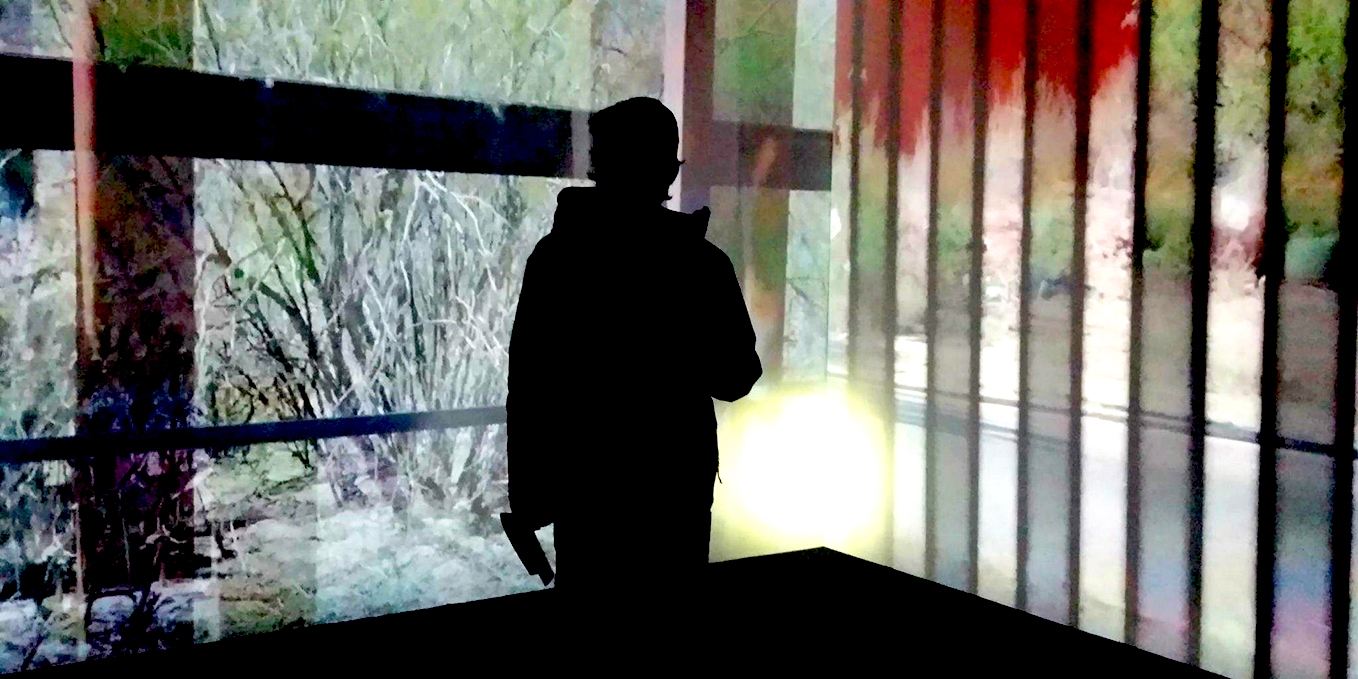Anna Tkatchenko | Contributor
Featured image: The AGYU invites three American artists to curate a powerful exhibition on the border between the U.S. and Mexico. | Basma Elbahnasawy
The Art Gallery of York University has introduced a new innovative winter exhibition, Postcommodity. The exhibition forces us to reconsider the consequences of the established border between the U.S. and Mexico.
“The exhibition tries to achieve a broader conversation about the complexity of the national border demarcation of the violence that happens on the border,” explains the exhibition’s curator, Suzanne Carte.
Carte worked with three American artists, Raven Chacon, Cristóbal Martinez, and Kade L. Twist, in order to establish installation-based works, such as “A Very Long Line” and ‘Coyotaje.” Their work emphasizes the psychological turmoil that minorities often face.
Carte was enthralled by the artists’ artwork, “Through the Repellent Fence,” which is related to the complex political situation on the border, which inspired her to introduce Postcommodity to the York community.
“It was an exciting experience to get a chance to spend time with the artists and learn from them. I had an opportunity to speak with them about their own artistic practices and ways of seeing political and social issues. We were able to discuss the installations and the flow of people through spaces that are being guided by voices,” reveals Carte.
The first work, “A Very Long Line,” emphasized the attempt of separation that the U.S. government affirms with a border between American citizens and Mexican migrants. The idea is represented by the projection of the fence on the 360-degree screen space. The piece highlights the physicality of the barrier, and the physical pain and struggles that many people may endure as a result.
The second work, “Coyotaje,” reveals the methods U.S. federal patrol agents would utilize against Mexican migrants in order to provoke them to cross the border, allowing these agents to lawfully imprison violators.
The last room of this piece displays the inflatable sculpture of the dog-like creature of Latin folklore, the Chupacabra. This legend was used to instill fear among migrants, restricting their actions and creating a beneficial situation for the agents. This exhibit looks into the politics of the border, examining the relationships between U.S. federal patrol officers and migrants.
The third work is a sound installation that combines the first and second exhibits. The sound component guides the audience through space, aiming to recreate the atmosphere present in the border. It includes sonic tactics that U.S. federal border agents use to tempt migrants to the area and cross the border.
By doing this, Postcommodity highlights such sensitive acts, and proves how challenging the situation for migrants is, shedding light on the current geopolitical problems of the modern generation.
“The difficulty of organizing an exhibition such as this is allowing this conversation to be a conversation of all of North America; so it does not get placed specifically between the United States and Mexico, but it also interrogates and implicates Canada in regards to the flow of people and the national demarcation of land,” adds Carte.
“We aimed to open up a dialogue with my peers and Canadian viewers, so that one understands that North America is a sum of its parts; that it’s not specifically an American and Mexican conversation, but also one that relates to Canadians as well. It questions their responsibilities around immigration policies.”
The exhibition focuses on the violence, fear, and demarcation of the land. It looks at the oppression and the discrimination towards those who are constantly deemed as the “other,” due to their differences relating to social conventions.
Postcommodity leaves visitors questioning modern social events, and what their responsibilities are around immigration.


